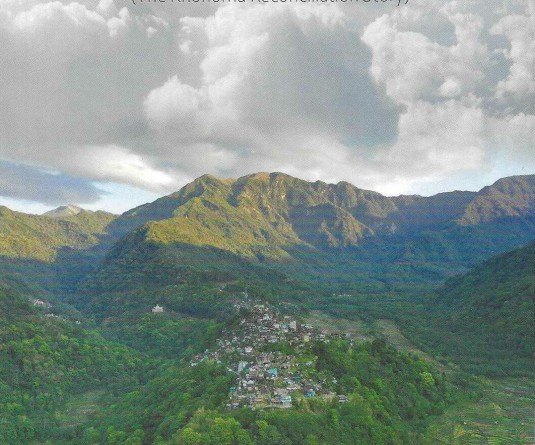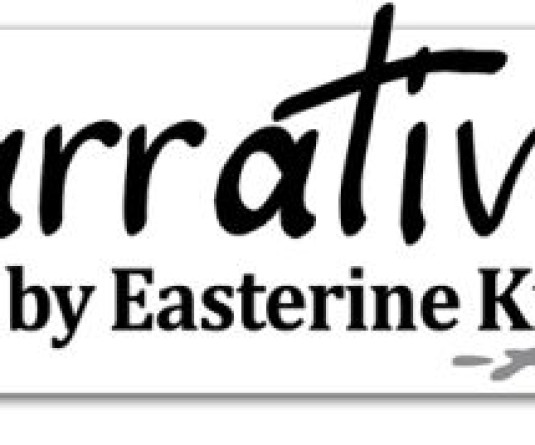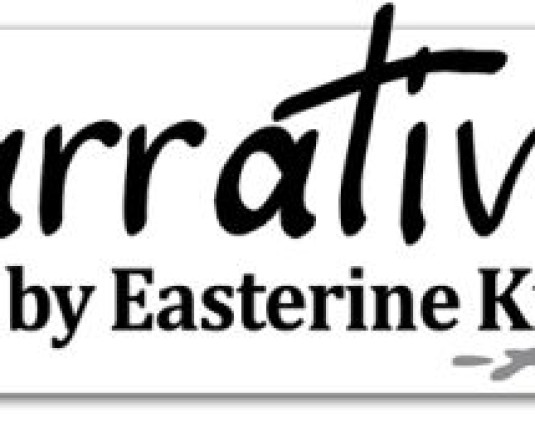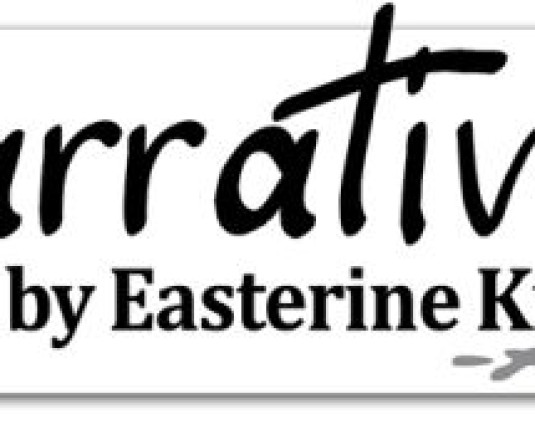
On the net, there is a single photo of a village which shows wet roads winding around houses with tin roofs and a caption saying it is the village of Jessami. Asking for information on this border village which played such an important role in the Japanese invasion of India via the Naga hills, yielded few but interesting results. One source said, ‘The people of Jessami still identify as Chakhesang even today.’ Another source said that during British times: ‘It was politically under Manipur but was administered by the Naga Hills.’ Only the British could come up with such a convoluted solution.
Yet this remote village has gone down in history for the role it played in deciding the fate of the invasion. I am rereading ‘The Road to Kohima’ by Charles Chasie and espouse strongly that this history should form part of our school history lessons.
The three-pronged Kohima invasion by the Japanese included an attempt to enter Kohima via Jessami which was defended by the 1st Assam Regiment. Chasie writes ‘The 1st Assam regiment, a new regiment in the Indian Army, formed in Shillong 1943 was posted at Jessami.’ Quoting again from ‘Road to Kohima’ the 1st Assam Regiment was made up of ‘Men from the Ahom, Naga, Mizo, Kuki, Khasi, Garo, Lushai and Manipur tribes of India’s north-east were at first recruited, and these were followed by Adis, Nishis, Monpas and domiciled Gorkhas and Sikkimese. Roman Urdu became the common military language. The cap badge depicted a rhinoceros and the regimental colours were black and orange, those of the state of Assam.’
In 1944, the battalion made a three-day march over the 60-mile route through the Naga Hills to Jessami. It was there that a fierce battle would be fought hindering the Japanese for some time, from reaching their objective which was Kohima.
The Japanese had used every opportunity that presented itself to them. Some tribesmen had led them through the narrow Somra tracts to the British positions in Jessami. Chasie adds that British ‘V Force’ observation posts were taken out and the Japanese relentlessly moved in.
The 1st Assam Regiment found itself on its own and it was assigned to defend the villages of Jessami and Kharasom, because a company of 1stBurma Regiment was attached to 1st Assam Regiment and deployed to defend Phekekedzumi (Phek) village. Another reason that the 1st Assam Regiment was on its own was because the area was considered ‘a quiet location.’ How wrong they were. As early as the 27th March, the 138th Regiment and the 1st Assam Regiment encountered one another.
The Ist Assam regiment were very fortunate in that they were warned by villagers of Japanese presence in the village. With the Chakhesang inhabitants of Jessami evacuating out of the village, the battalion prepared its defences.
Fate did not smile upon the battalion. Things that could go wrong, went wrong. For one, they were supplied the wrong ammunition. ‘250,000 rounds of .300-inch aircraft machine gun ammunition had been delivered which was of no use to the battalion; precious time was spent in burying this ammunition’(Chasie).After that, they stubbornly held out against the enemy until the order came to retreat.
The battle of Jessami is recorded as lasting from 28th March to 1st April. Its significance in the defence of Kohima deserves much more appreciation than it is given. The defenders of Jessami and Kharasom bravely held off enemy advance and it turned the tide of the battle. There are stories of great sacrifice by the soldiers and their leaders. Men fought without thought for their own safety. Many died as heroes and were awarded medals posthumously.
The resistance that the Japanese met at Jessami and Kharasom hindered them considerably from proceeding directly to their objective of taking Kohima and capturing British supplies at Dimapur. Civilians were fleeing from their advance in masses, abandoning their houses and food stocks. A sight they would be used to seeing in their advance marches. At the same time, it must have been a shock for the Japanese to find Jessami and Kharasom defended so fiercely although clearly outnumbered. Kharasom had its heroes and the name of the last defender will always remembered in these chronicles. Captain John McCulloch ‘Jock’ Young stayed back after sending his troops away to safety. In the morning hours, he was throwing grenades at the enemy until machine gunners came in for the final assault. In his native Glasgow, a plaque was unveiled in his honour and it hangs outside his former home. One would think that his action deserved a Victoria cross. Robert Palmer, author of his biography, wrote, ‘His story is testament to the nature of many young men of that period, who found themselves brought by the determination of fate, to make critical decisions in wartime, and thereby demonstrate that intangible issue of leadership in a crisis.’
Sepoy Wellington Massar displayed outstanding courage at Jessami and was given the Indian Distinguished Service medal. Tonghen Kuki was another hero who was awarded the Military Cross. There are more.
The casualties were great on both sides. The battles of Jessami and Kharasom played a significant role in the outcome of the battle of Kohima. These stories are part of our history. Let us read them; be inspired by them, learn selflessness from them.
Notes: ‘Road to Kohima,’ Charles Chasie and Harry Fecitt, available online and in local bookstores)
‘A concise biography of Lieutenant J. McC. Young’






